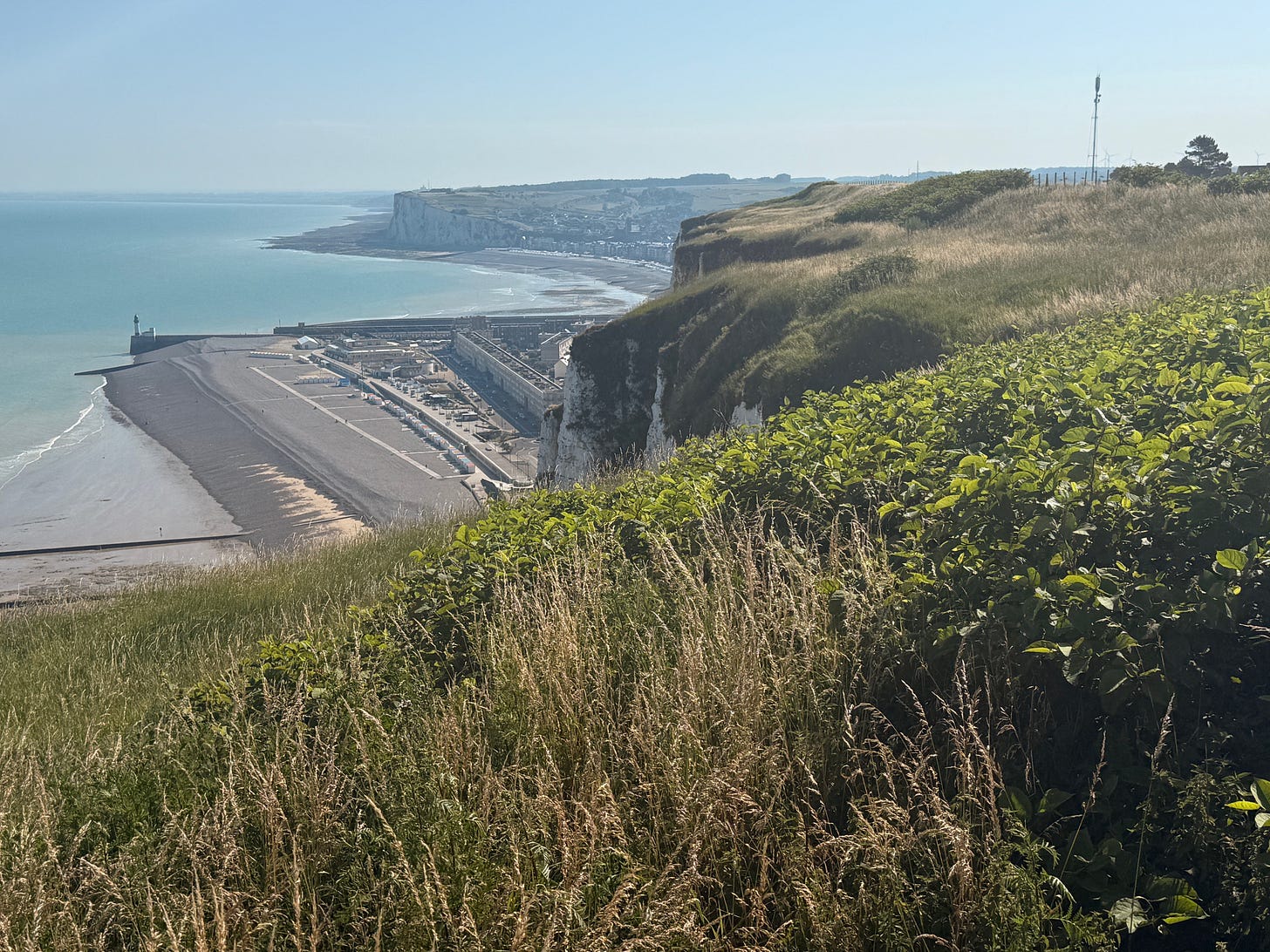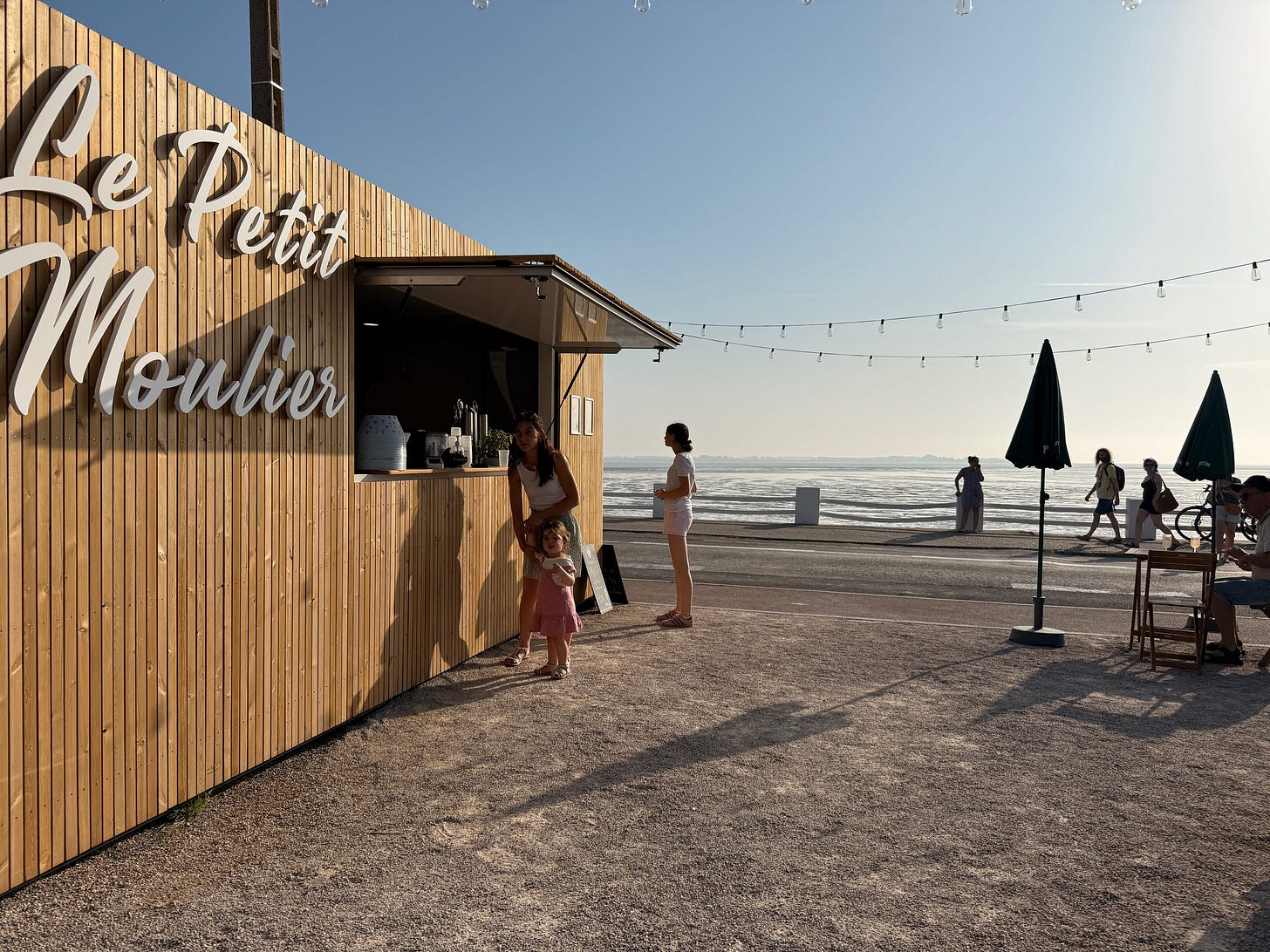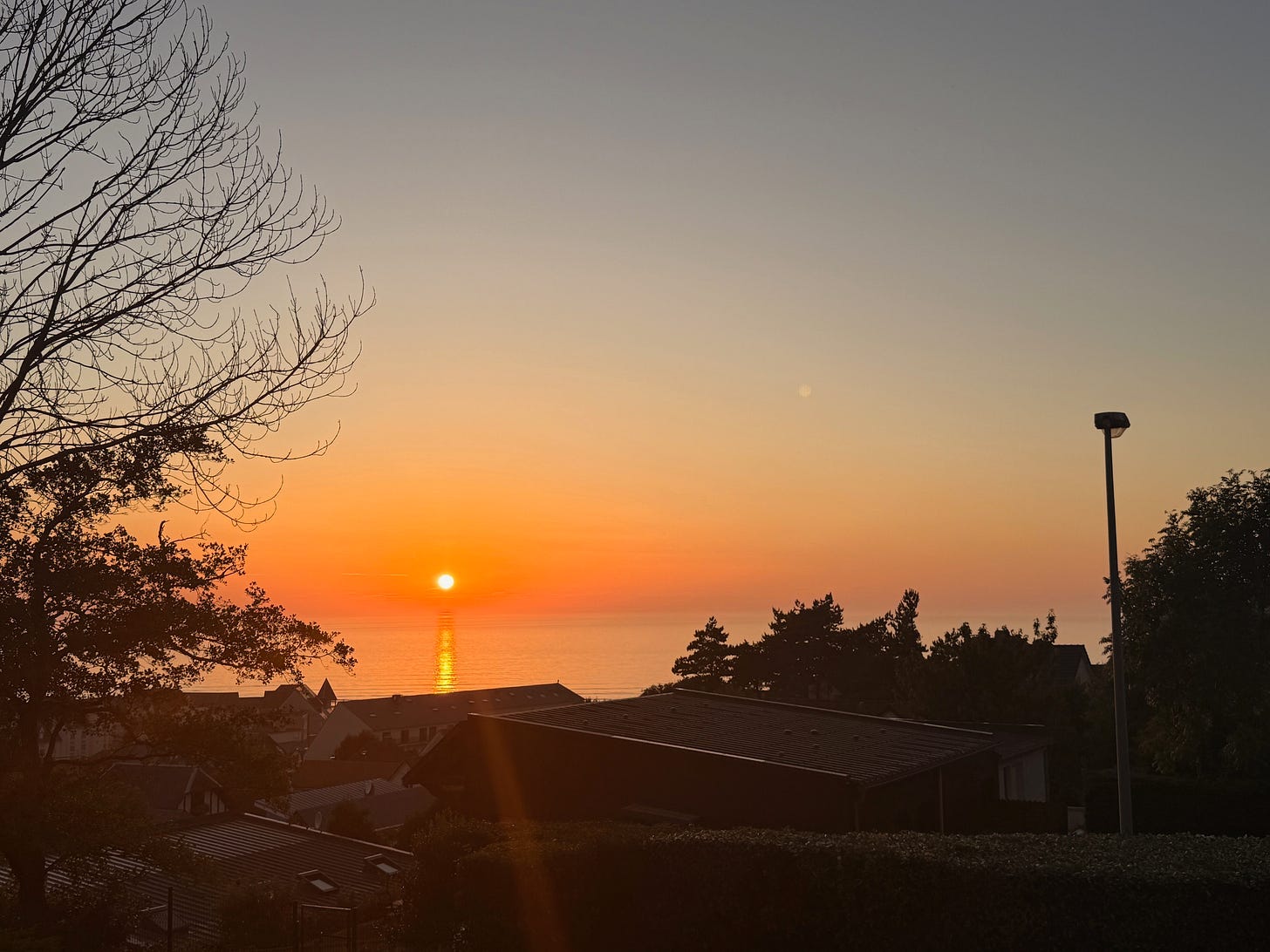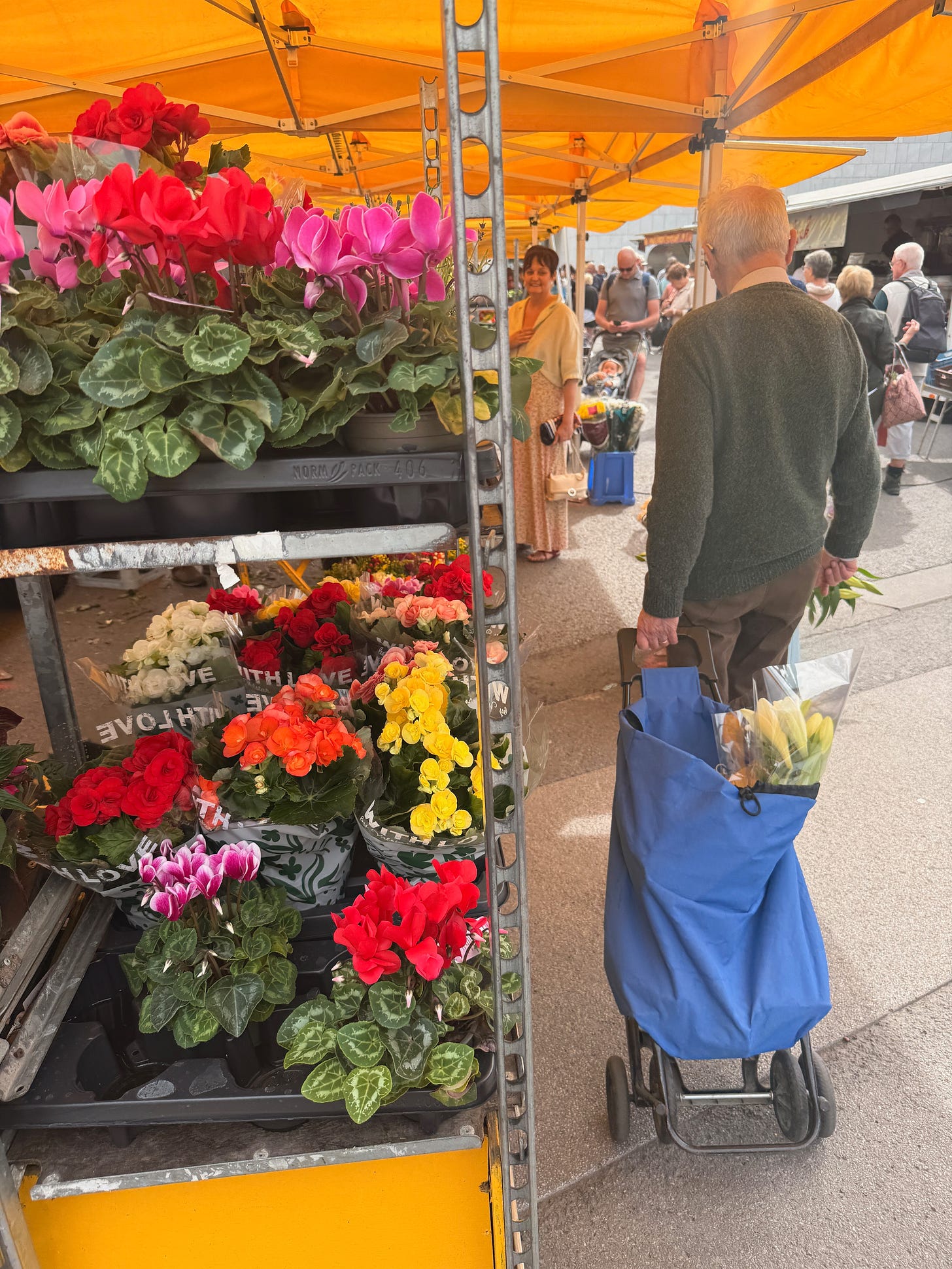Pacing, resting, napping, and recharging
I'm clearly not 24 anymore
A couple of years ago I was trying to get myself active again as I recovered from the worst of my long COVID and took increasingly longer walks through my neighborhood. I started at about three minutes, then five minutes. It wasn’t much but I felt like I needed to move and could feel some improvement.
I walked slowly and painfully because it felt like I was walking against a current. My legs felt heavy and my hips ached, partly because of the spinal stenosis that had developed in my inactivity, but there was something else—an utter fatigue that took my breath away even at a slow pace. But I kept going
One lovely cool day I was a few blocks from home and heard screams. It was right in front of me—a man was stuck under his car. A neighbor ran from a nearby house and tried to lift the front of the car to free the man underneath just as I dashed across the street. We couldn’t see him—he was in the wheel well, so we didn’t know how badly he was injured. “How can I help,” I asked the guy, dressed in army fatigues and looking pretty fit. “Help me lift the car.” And together, we said, one, two, three, and lifted. The man was able to scoot his body out from the wheel well but his arm was trapped. “Again!” he shouted. And again, one, two, three, we lifted. He pulled his arm free.

There was no blood. He sat on the driveway inspecting. “I’m okay,” he said, obviously surprised. As he and his army neighbor chatted, I felt a wave of exhaustion and lay down on the driveway. My heart was racing, and I couldn’t catch my breath. But I said I was fine when someone asked. When an emergency vehicle arrived, I got up to leave. The guy’s name was Julio, and his wife was pregnant, and he was really grateful for the help. I wished him well and turned to walk home.
I barely made it. The adrenaline that surged through me kept me walking, somehow, the 100 steps or so to get home. And when I walked in the door, I collapsed on the sofa in tears. My husband panicked and it took me a while to explain. He got me some ice, and I lay on the sofa for a long time. For the next few days I could barely move. It was like all the blood had drained out of my body. It’s called PEM, or post-exertional malaise, and often occurs in long-COVID patients after any kind of activity. I was okay with a walk, but I was not okay after lifting a car off a guy I thought was dying.
Maybe the good thing about the pandemic and long COVID, if it’s possible to say there is a good thing, is that there is now a mainstreamed vocabulary for chronic fatigue. It’s out of the closet, where people with chronic fatigue had to stay so nobody had to deal with them. Now, because fatigue is a hallmark of long COVID, and so many people got COVID, and an estimated 10-20% of people who had COVID got some sort of symptoms that lingered more than four weeks following the infection, we talk about and read articles about chronic fatigue, PEM, and pacing As I’ve said before, I’m one of the lucky ones, and have been gradually improving. But I think this bike trip is revealing my limits. I don’t know—maybe there are other reasons, but I tend to think it’s more than being 62.
I’ve been getting stronger, but in the past couple of weeks it seems that my daily limit is about 80 kilometers (50 miles) on flat terrain, and 50-60 if it’s hilly. I stop a few times, maybe for coffee or a snack, and always, every day, without fail, take a nap for one or two hours after my shower. Then again, I sleep at least eight hours. And after four or five days of this, I need a rest day.
I’m taking two types of medications to ease my symptoms, but of course I have no objective measurement of how much they really help. I have noticed that my muscles recover more quickly when I take my multivitamin and electrolyte daily. And the good thing is that no matter how much my joints ache in the evening, they’re always better in the morning. So I take that as I sign that I’m ready for another day.
I remember being 24 and riding my bike 100 miles in a day, 200 in a weekend, flying along the tarmac in a long snake of riders. Such a powerful, synchronous feeling of strength and precision.

Now the pace is slower, and I know there will be a nap. I enjoy my rest days, and I pace myself. I’m not dealing with PEM anymore, but I feel whispers of it at the end of a long day, when I’m splayed on the bed and. Just. Can’t. Move. And on a rest day, like today, after a bit of laziness, good food, and a long nap, I realize, as my non-biking day draws to a close, that I needed to recharge. None of this surprises me, but it does take up a lot of space in my thoughts, as I check in with my body, pace myself, and make sure I’m resting.





More power to you Jane. You set the pace, manage your rest time and days. You are killing it!
Strength and heart!